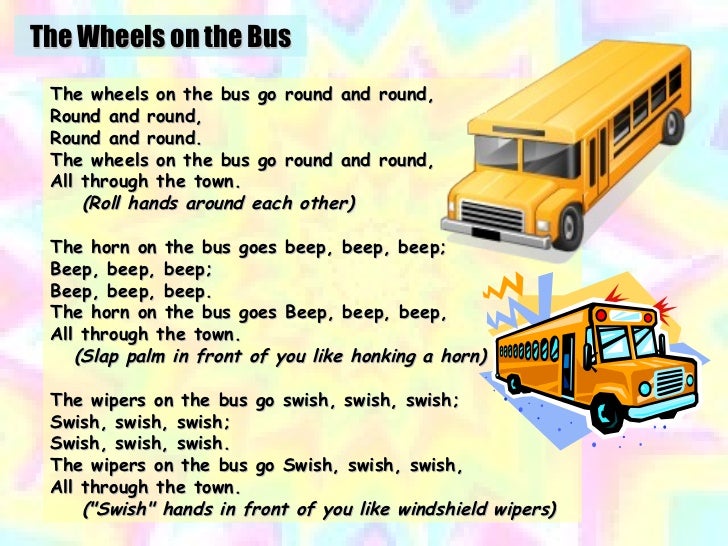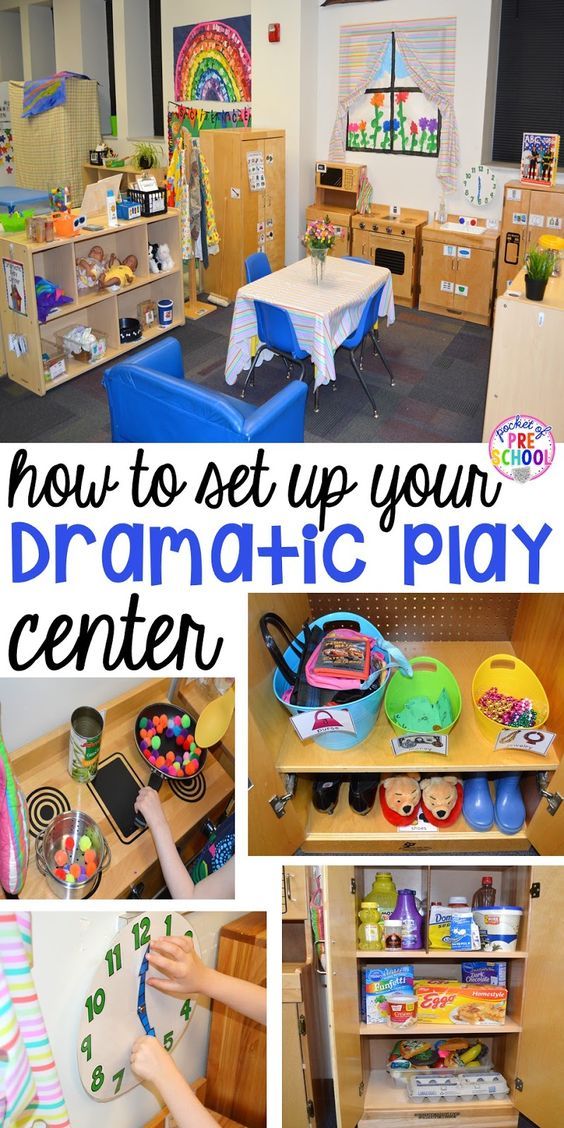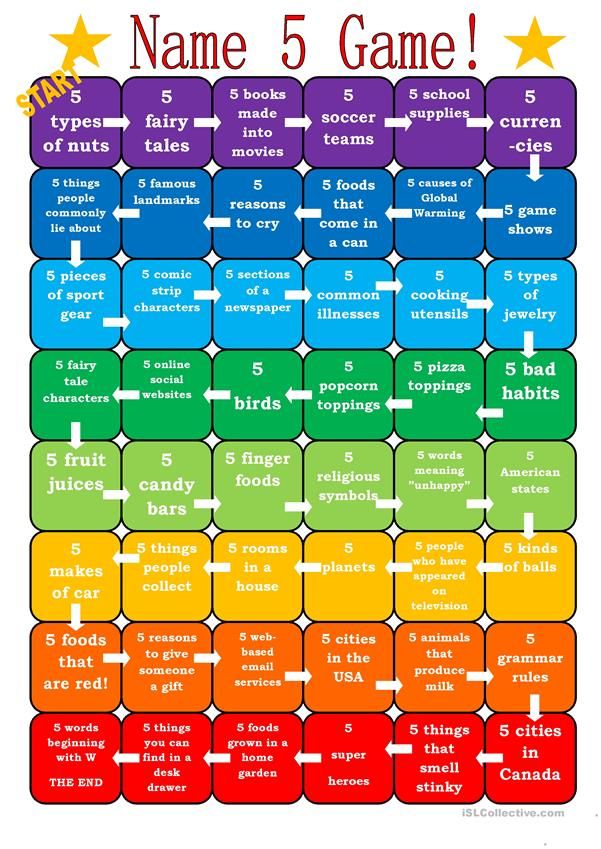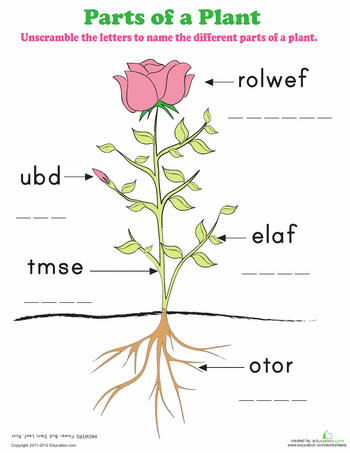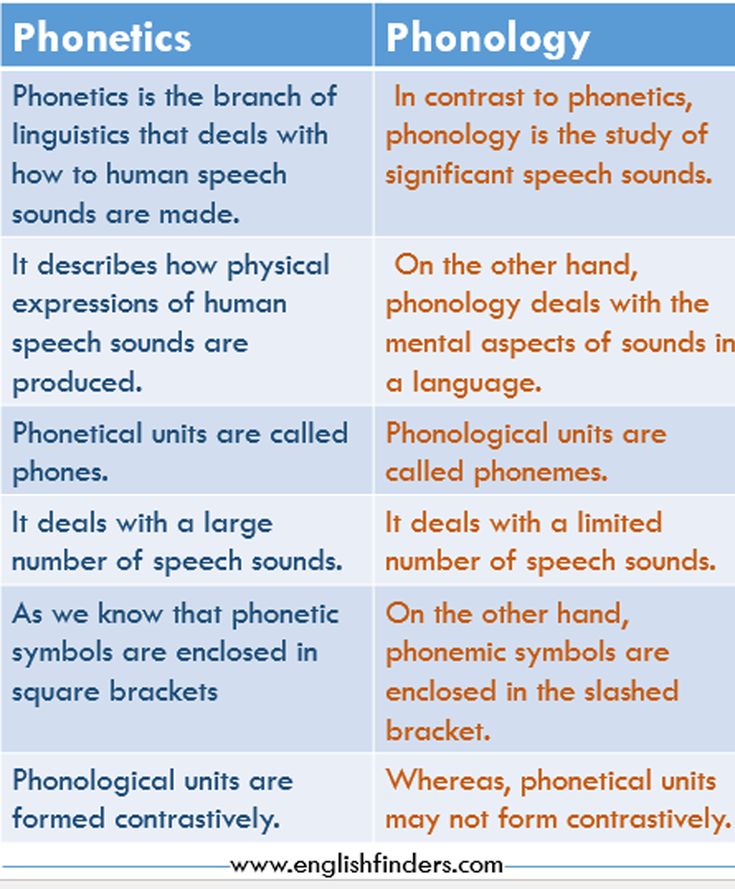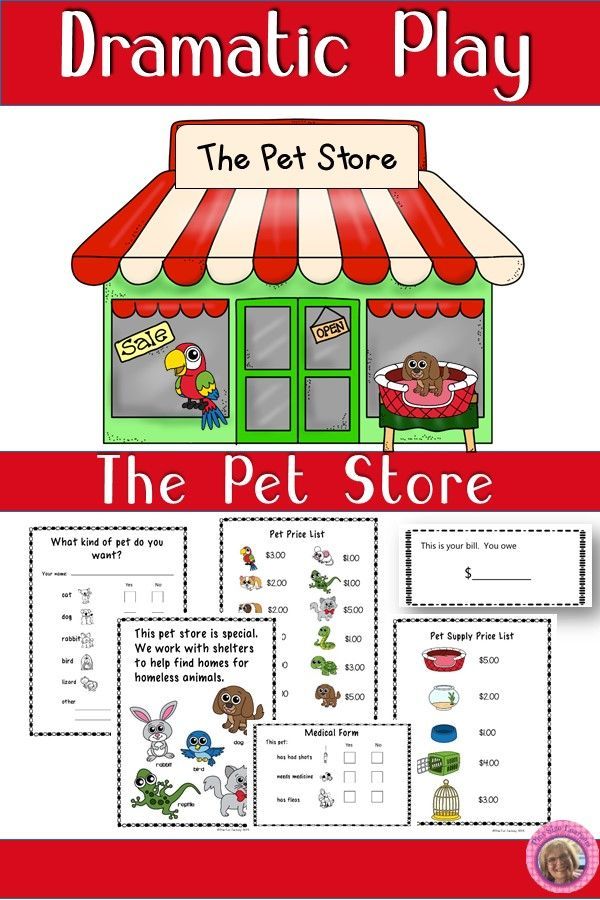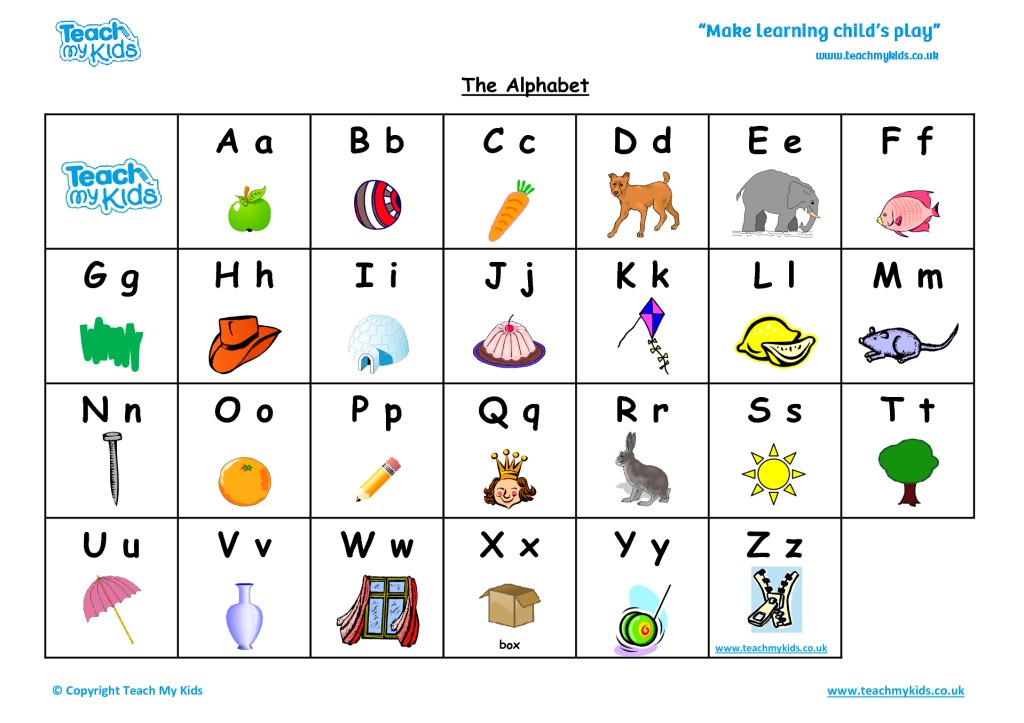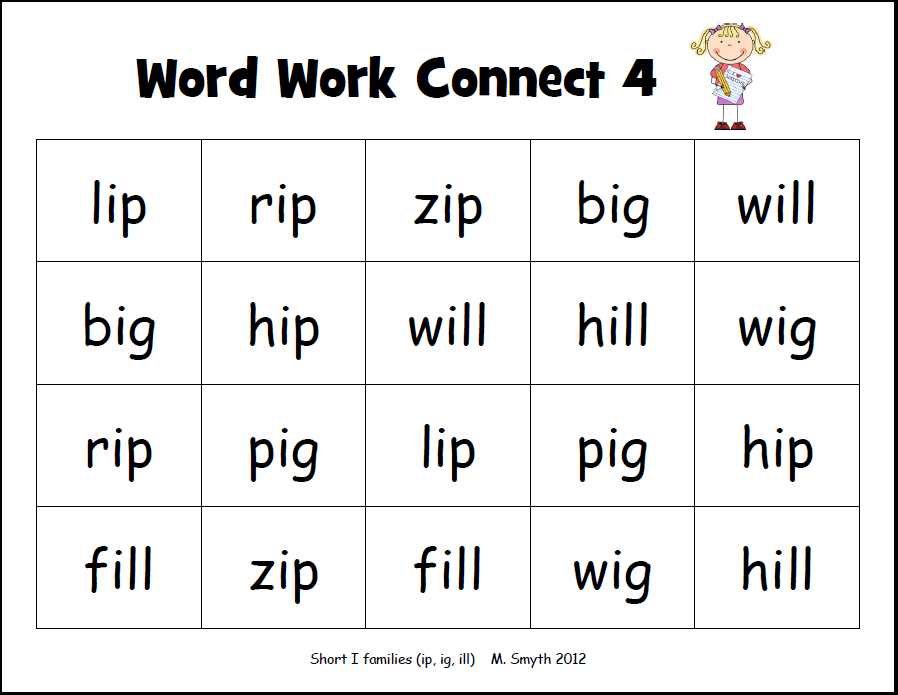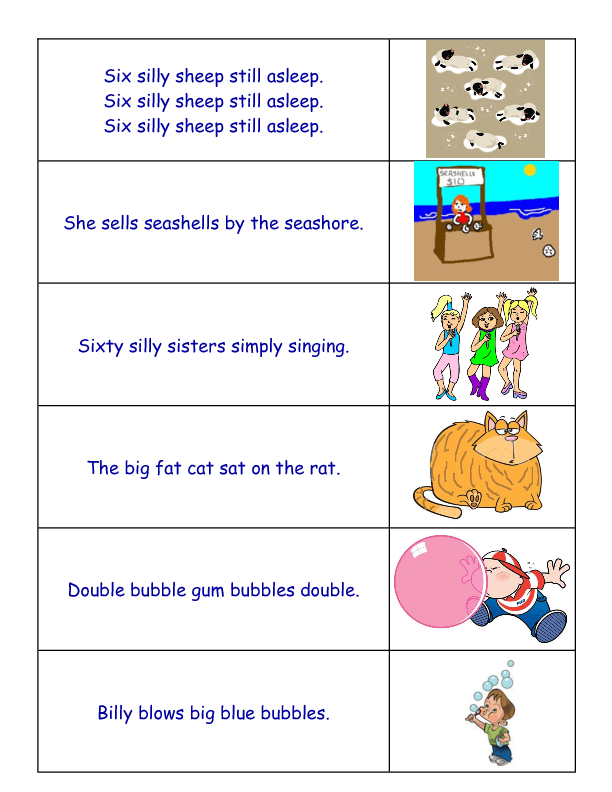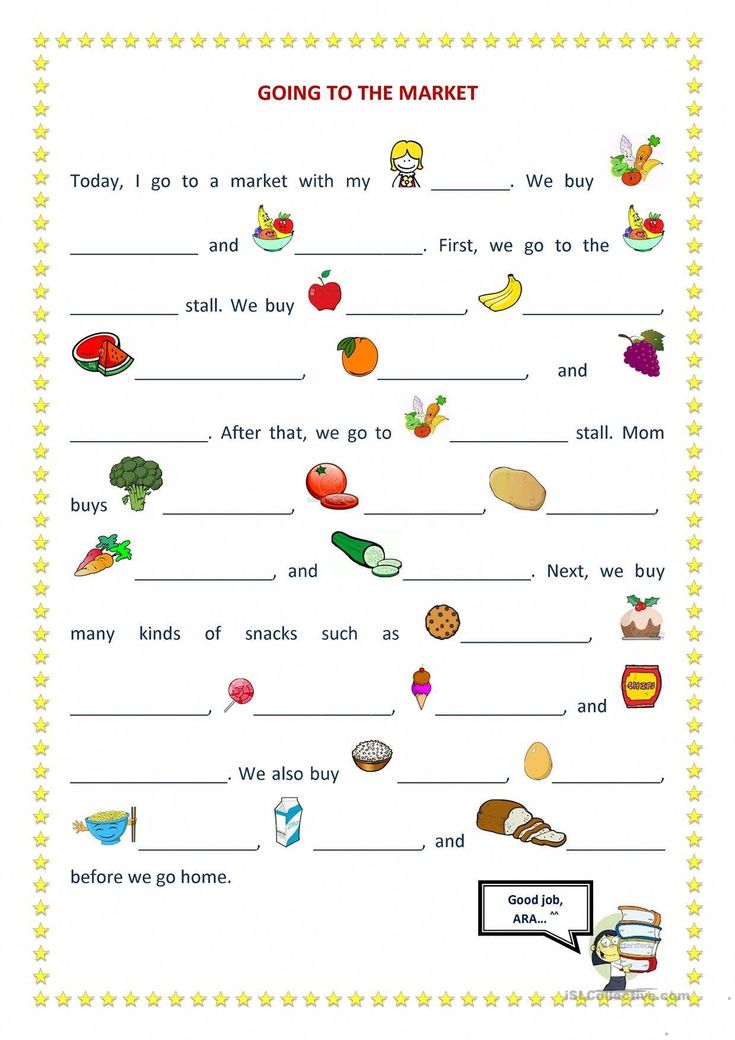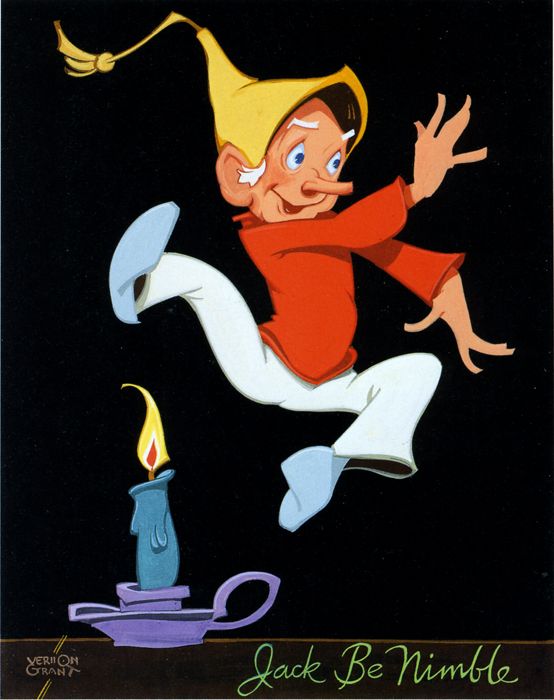Wheel on bus go
The Wheels on the Bus Lyrics With Alternative Verses
The classic children’s song, “The Wheels on the Bus” is a traditional American folk song written in the 1930’s by Verna Hills of Boston, MA. The song was based on the nursery rhyme “Here We Go Round the Mulberry Bush”, and actually shares the same tune. The lyrics have changed a few times over the years, and new actions, such as wiping the windows and the engine going vroom, were added.
Below you’ll find all the versions of this song that we could find. Feel free to reach out if we’ve missed one!
Traditional Lyrics
The wheels on the bus go round and round,
round and round,
round and round.
The wheels on the bus go round and round,
all through the town.
The wipers on the bus go swish, swish, swish;
Swish, swish, swish;
Swish, swish, swish.
The wipers on the bus go Swish, swish, swish,
all through the town.
The horn on the bus goes beep, beep, beep;
Beep, beep, beep;
Beep, beep, beep.
The horn on the bus goes beep, beep, beep,
all through the town…
The money on the bus goes, clink, clink, clink;
Clink, clink, clink;
Clink, clink, clink.
The money on the bus goes, clink, clink, clink,
all through the town.
The Driver on the bus says “Move on back,
move on back, move on back;”
The Driver on the bus says “Move on back,”
all through the town.
The baby on the bus says “Wah, wah, wah;
Wah, wah, wah;
Wah, wah, wah”.
The baby on the bus says “Wah, wah, wah,”
all through the town.
The mommy on the bus says “Shush, shush, shush;
Shush, shush, shush;
Shush, shush, shush.”
The mommy on the bus says “Shush, shush, shush,”
all through the town.
Alternate Versions
The doors on the bus go open and shut.
The bell on the bus goes ding-ding-ding.
The lady on the bus says, “Get off my feet”…
The people on the bus say, “We had a nice ride”…
“Your name” on the bus says Let Me Off!
The Grandma on the bus goes (kiss, kiss, kiss)
The Grandpa on the bus goes (snore, snore, snore)
Librarians on the bus go shh, shh, shh,
shh, shh, shh,
shh, shh, shh,
Librarians on the bus go shh, shh, shh,
Mummy and daddy on the bus says, I love you,
I love you, I love you,
Mummy and daddy on the bus says, I love you,
Policeman on the bus, goes allo, allo allo,
allo, allo, allo, allo, allo, allo,
Policeman on the bus. Go allo, allo allo,
Go allo, allo allo,
Grannies on the bus, shake their heads,
shake their heads, shake their heads,
Grannies on the bus, shake their heads,
Grannies on the bus knit, knit, knit,
knit, knit, knit,
knit, knit, knit
Grannies on the bus knit, knit, knit,
Dentists on the bus say open wide,
open wide,
open wide,
Dentists on the bus say open wide,
Brakes on the bus, go screech, screech, screech,
screech, screech, screech,
screech, screech, screech,
Brakes on the bus, go screech, screech, screech,
Doors on the bus go open and shut,
open and shut,
open and shut,
Doors on the bus go open and shut,
Friends on the bus say, how are you?
How are you?
How are you?
Friends on the bus say, how are you?
Money on the bus goes clink, clink, clink,
clink, clink, clink,
clink, clink, clink,
Money on the bus goes clink, clink, clink,
Teenagers on the bus go like OMG,
OMG
OMG
Teenagers on the bus go like OMG,
Dogs on the bus go woof, woof, woof,
woof, woof, woof,
woof, woof, woof,
Dogs on the bus go woof, woof, woof,
Cats on the bus go meow, meow, meow,
meow, meow, meow,
meow, meow, meow,
Cats on the bus go meow, meow, meow,
Mice on the bus go squeak, squeak, squeak,
squeak, squeak, squeak,
squeak, squeak, squeak,
Mice on the bus go squeak, squeak, squeak,
Chickens on the bus go cluck, cluck, cluck,
cluck, cluck, cluck,
cluck, cluck, cluck,
Chickens on the bus go cluck, cluck, cluck,
Ducks on the bus go quack, quack, quack,
quack, quack, quack,
quack, quack, quack,
Ducks on the bus go quack, quack, quack,
Turkeys on the bus go gobble, gobble, gobble,
gobble, gobble, gobble,
gobble, gobble, gobble,
Turkeys on the bus go gobble, gobble, gobble,
Parrots on the bus say Who’s a pretty boy?
Who’s a pretty boy?
Who’s a pretty boy?
Parrots on the bus say Who’s a pretty boy?
Sheep on the bus go baa, baa, baa,
baa, baa, baa,
baa, baa, baa,
Sheep on the bus go baa, baa, baa,
Cows on the bus go moo, moo, moo,
moo, moo, moo,
moo, moo, moo,
Cows on the bus go moo, moo, moo,
Pigs on the bus go oink, oink, oink,
oink, oink, oink,
oink, oink, oink,
Pigs on the bus go oink, oink, oink,
Horses on the bus go neigh, neigh, neigh,
neigh, neigh, neigh,
neigh, neigh, neigh,
Horses on the bus go neigh, neigh, neigh,
Cockroaches on the bus go skitter, skitter, skitter,
skitter, skitter, skitter,
skitter, skitter, skitter,
Cockroaches on the bus go skitter, skitter, skitter,
Tired of singing this yet? Perhaps it’s time for some card games.
Hella Staff|September 2, 2022
Wheels on the Bus | Kids Environment Kids Health
Wheels on the BusAdapted by Judy and David Gershon (SOCAN)(c)1992
The wheels on the bus go round and round,
round and round,
round and round.
The wheels on the bus go round and round,
all through the town.
The wipers on the bus go Swish, swish, swish;
Swish, swish, swish;
Swish, swish, swish.
The wipers on the bus go Swish, swish, swish,
all through the town.
The horn on the bus goes Beep, beep, beep;
Beep, beep, beep;
Beep, beep, beep.
The horn on the bus goes Beep, beep, beep,
all through the town..
The money on the bus goes, Clink, clink, clink;
Clink, clink, clink;
Clink, clink, clink.
The money on the bus goes, Clink, clink, clink,
all through the town.
The Driver on the bus says "Move on back,
move on back, move on back;"
The Driver on the bus says "Move on back",
all through the town.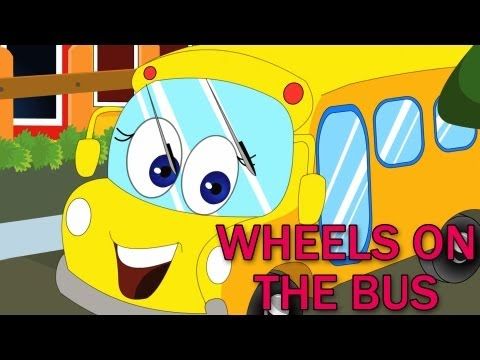
The baby on the bus says "Wah, wah, wah;
Wah, wah, wah;
Wah, wah, wah".
The baby on the bus says "Wah, wah, wah",
all through the town.
The mommy on the bus says "Shush, shush, shush;
Shush, shush, shush;
Shush, shush, shush."
The mommy on the bus says "Shush, shush, shush"
all through the town.
Substitute these lyrics also
The doors on the bus go open and shut.
The bell on the bus goes ding-ding-ding.
The lady on the bus says, "Get off my feet"...
The people on the bus say, "We had a nice ride"...
"Your name" on the bus says Let Me Off!
For Parents
School buses travel approximately 4 billion miles and carry more than 25 million kids each year. Clean School Bus is a national program to help communities reduce emissions from older diesel school buses. One simple (and economical) solution: a policy to reduce bus idling while waiting for students at the end of the school day.
One simple (and economical) solution: a policy to reduce bus idling while waiting for students at the end of the school day.
For Kids
Motor vehicles—including cars, trucks, and busses—cause air pollution. So when you take a bus, join a carpool, or ride your bike, you are helping to reduce air pollution. Check out today’s air quality in your community and challenge yourself with the Access online professional development supported by NIEHS to learn about environmental public health.
For Teachers
Ultrafine particles from vehicles, known as UFPs, can have significant effects on health. A Spring 2014 workshop, cosponsored by NIEHS and the Energy Future Coalition, highlighted some of the research on the topic supported by NIEHS and other institutions.
Education Atlas
A comprehensive guide to over 8000 education websites sorted by Index/Subject and lifestage, so you can find exactly what you're looking for quickly and easily; useful for home schooling resources, college research, teachers in need of new lesson ideas, or career professionals seeking continuing education opportunities.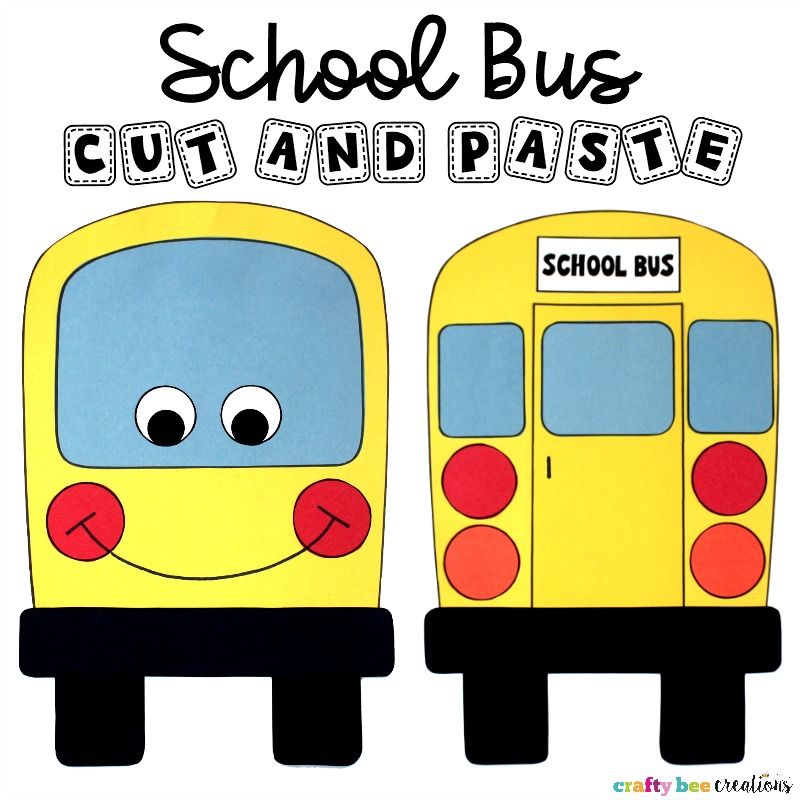
Education Portal
The education portal is a directory of colleges, career schools, and universities that may be useful for prospective students who are trying to decide which school to attend.
Back to Top
Bus wheels and tires
Bus wheels and tires
Tire marking. According to the accepted international standard, tire sizes are indicated in inches, millimeters and inches, or only in millimeters. The main parameters characterizing the tire (Fig. 1) are: D - outer diameter; d - landing diameter; B - profile width; H is the height of the tire profile. The sizes of tires installed on buses are indicated by two numbers, where the first indicates the width of the profile (in inches - with two decimal places, in millimeters - three-digit numbers), the second number is the inner diameter of the tire. Radial tires have an additional letter P, for example 260 - 508 R.
On the sidewalls of each tire, in addition to the designation of dimensions, the trademark of the manufacturer, the date of manufacture, and the serial number of the tire are indicated. For example, the tire designation MHI 77 2681574 means: M is the abbreviation of the manufacturer (Moscow), XII is the month of manufacture, 77 is the year of manufacture, 2681574 is the serial number of the tire. Buses use tires with road and universal tread patterns.
For example, the tire designation MHI 77 2681574 means: M is the abbreviation of the manufacturer (Moscow), XII is the month of manufacture, 77 is the year of manufacture, 2681574 is the serial number of the tire. Buses use tires with road and universal tread patterns.
Proper maintenance of your tires will help you keep them running smoothly for a long time.
Promotional offers based on your interests:
Additional related materials:
Fig. 1. The main dimensions of the car pneumatic tire
Fig. 2. Scheme of rearrangement of bus tires: a) RAF-2203 and UAZ-452V; b) KAVZ-685; c) PAZ-672, LIAZ-677 and LAZ: d) Ikarus-250, -255, -260, -280
One of the conditions for the correct operation of tires is to maintain the pressure in them provided for by the technical specification. Tire pressure should be checked daily before leaving the line; on the way, pressure control is carried out by external inspection.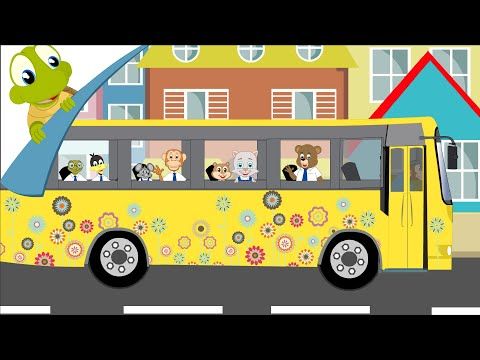 While driving, it is not recommended to make sudden braking unnecessarily, and you should also avoid touching the curbs of the sidewalks with the side surfaces of the tires, since the tire tread wears out a lot. During the entire period of operation of the bus, it is necessary to pay special attention to the uniformity of tire wear across the width of the tread track; Uneven wear on the treadmill indicates an incorrectly adjusted toe angle of the front wheels. At TO-2, it is recommended to rearrange the tires in sequence for more uniform tire wear.
While driving, it is not recommended to make sudden braking unnecessarily, and you should also avoid touching the curbs of the sidewalks with the side surfaces of the tires, since the tire tread wears out a lot. During the entire period of operation of the bus, it is necessary to pay special attention to the uniformity of tire wear across the width of the tread track; Uneven wear on the treadmill indicates an incorrectly adjusted toe angle of the front wheels. At TO-2, it is recommended to rearrange the tires in sequence for more uniform tire wear.
When changing tires, do not use tires with different tread patterns. If such installation is required, the tires must be supplied as rear axle inner or outer tires.
Fig. 3. Repairing a damaged tire area with rubber fungus
Do not mount a tire on a rim that is damaged or deformed.
Tires must be visually inspected daily after work has been completed, damaged tires must be replaced. When parking for more than 7-10 days, it is recommended to unload the bus tires by hanging the front and rear axles.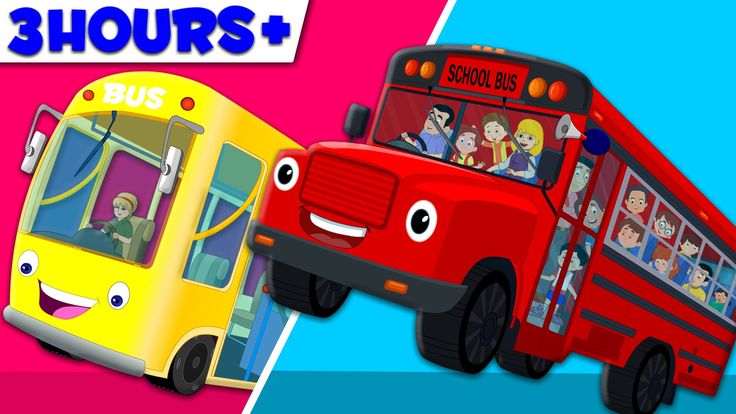 Operation of tires with a residual tread depth in the center of the treadmill of less than 2 mm is prohibited.
Operation of tires with a residual tread depth in the center of the treadmill of less than 2 mm is prohibited.
Wheel maintenance consists of checking the tightness of the wheel nuts and periodically inspecting the wheels. For a tighter fit of the wheel disk to the flange of the hub, the nuts must be tightened evenly crosswise. The inner wheel nuts are tightened with the outer wheel nuts unscrewed by 2-3 turns. The use of wheel disks with designed mounting holes is prohibited.
Repair of tires and tubes on the road. In case of failure of one of the wheels of the bus on the way, it is necessary to replace it with a spare one. In the absence of a spare wheel or in the event of a secondary wheel replacement, the repair of the chamber is carried out by hot vulcanization using special briquettes with clamps or using a road vulcanization press. Before vulcanizing the damage, it is necessary to carefully clean the repaired surface with a metal brush or rasp. The raw rubber patch is selected so that it covers the damaged area from all sides by 15-20 mm.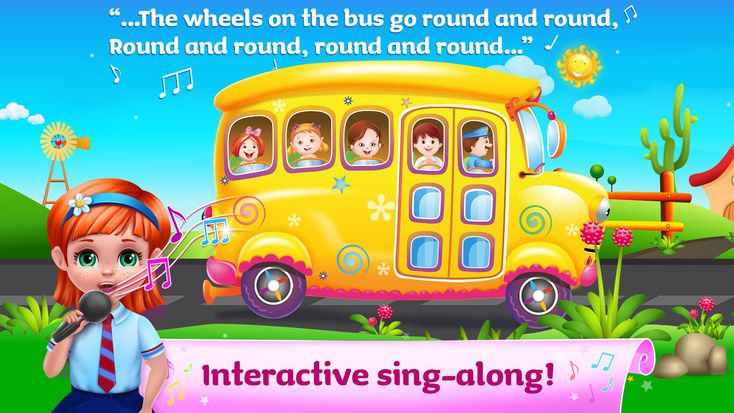 The result of the repair performed can be determined by inflating the chamber with air and immersing it in water.
The result of the repair performed can be determined by inflating the chamber with air and immersing it in water.
Tires on the road are repaired in a cold way with the help of cuffs, fungi and plasters, glued to the cleaned damaged area with rubber glue. For temporary sealing of a breakdown or puncture, rubber fungi or cuffs are used. The rubber fungus is inserted into the damaged area using the device shown in Figure 33. The cuffs are inserted into the tire against the damaged area; operation of a tire with an inserted cuff is allowed only in extreme cases on the wheels of the rear axle for a short period before replacing it with a working tire.
—
On the bus PAE-3205, the wheel disc is stamped, welded to the rim. A tire with a chamber and a rim tape is mounted on the rim. The onboard ring is split, at the same time it performs the functions of a lock ring. The front wheels are single, the rear wheels are dual. LiAZ-677M buses are equipped with discless wheels with removable side and lock rings. On the rim are the tire, inner tube and rim tape. A spacer ring is installed between the rims of the double rear wheels. Discless wheels (LiAZ-677M bus) are installed on the conical seating surfaces of the front wheel hubs, followed by clamping. The wheel bolts and nuts are right-hand threaded for both the right and left sides. The ring of the rear wheels is attached to the hub with nuts on twelve studs. The right hub studs are right hand threaded and the left hub studs are left hand threaded. On Ikarus-260, -280 buses, diskless wheels with a transverse collapsible rim are installed. The wheel rim consists of a part with two lugs and two parts. On the LiAZ-5256 bus, disk wheels are used. The rim of tubeless tires does not have removable parts - bead and lock rings. The rim seats are inclined, which ensures the tightness of the tire beads.
On the rim are the tire, inner tube and rim tape. A spacer ring is installed between the rims of the double rear wheels. Discless wheels (LiAZ-677M bus) are installed on the conical seating surfaces of the front wheel hubs, followed by clamping. The wheel bolts and nuts are right-hand threaded for both the right and left sides. The ring of the rear wheels is attached to the hub with nuts on twelve studs. The right hub studs are right hand threaded and the left hub studs are left hand threaded. On Ikarus-260, -280 buses, diskless wheels with a transverse collapsible rim are installed. The wheel rim consists of a part with two lugs and two parts. On the LiAZ-5256 bus, disk wheels are used. The rim of tubeless tires does not have removable parts - bead and lock rings. The rim seats are inclined, which ensures the tightness of the tire beads.
Fig. 4. Wheel with tire assembly
Fig. 5. Discless wheels
To increase the stability (stabilization) of the front wheels in the middle position and to facilitate the control of the bus, the front wheels have a camber in the vertical plane and convergence in the horizontal.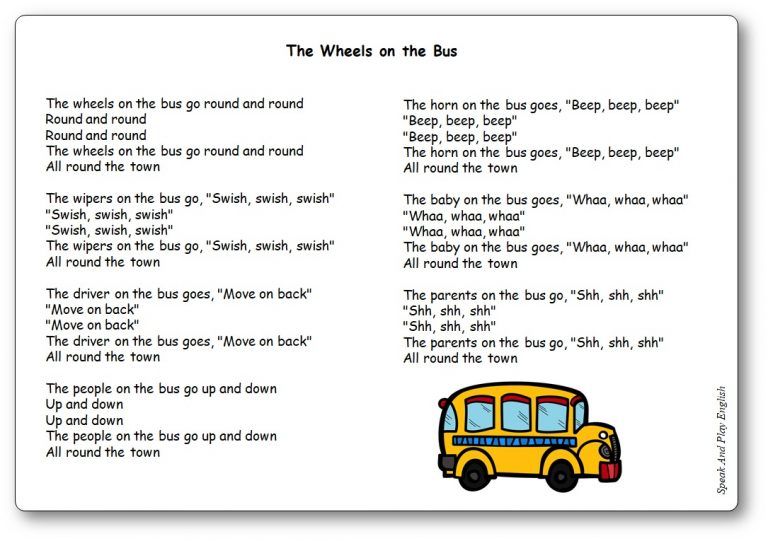 Camber is determined in degrees, convergence - in millimeters. The installation of the kingpin is not strictly vertical, but with some longitudinal and transverse slopes. The camber and kingpin angles of buses with dependent front suspension are not regulated during operation. These corners can collapse when the front beam deflectes, when the kingpin bearings are worn. The convergence of the wheels during the operation of the bus is regulated by the change in the length of the transverse link. The service life of tires depends on the correct operation of the bus, proper and careful care of the tires, maintaining normal pressure.
Camber is determined in degrees, convergence - in millimeters. The installation of the kingpin is not strictly vertical, but with some longitudinal and transverse slopes. The camber and kingpin angles of buses with dependent front suspension are not regulated during operation. These corners can collapse when the front beam deflectes, when the kingpin bearings are worn. The convergence of the wheels during the operation of the bus is regulated by the change in the length of the transverse link. The service life of tires depends on the correct operation of the bus, proper and careful care of the tires, maintaining normal pressure.
Before leaving the line, the driver checks the technical condition of the tires. During operation, the correct bus control techniques are used: it starts off smoothly, does not allow sudden braking. Avoids approaching close to the sidewalk.
In Kirov, a tire burst on a regular bus: a 16-year-old passenger was injured
A tire burst on a regular bus in Kirov: a 16-year-old passenger was injuredMarch 23
+5°
$76. 96 € 82.97
96 € 82.97
Login and registration
All menus
News Categories Poster Photo and video ARTICLES OF PARTNERS
Real estate Transport Economy Policy Society Poster Sport Health
Subscription Advertising Contacts
Vkontakte Classmates YouTube
Menu
March 23
+5°
$76.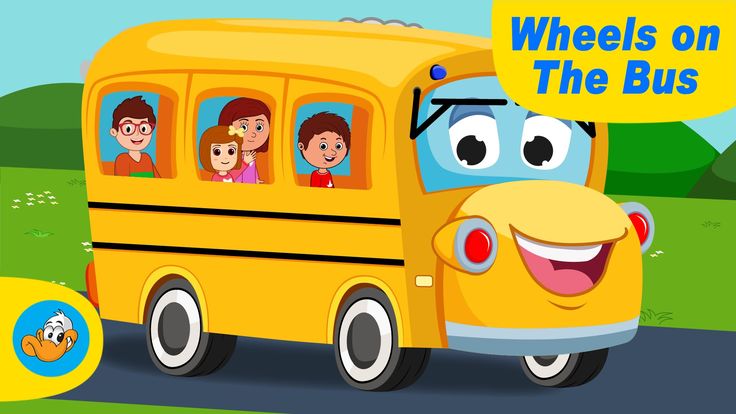 96 € 82.97
96 € 82.97
Subscribe to news
Subscribe to news
;;;;;;;;;;;;;;;;;;;;;] [[[/first/]]] to St. Petersburg
INCIDENTS
0+
Share
1865
Share
Today, June 2, the rear left wheel of a regular bus broke. The incident happened on Traktova Street in the village of Gnusino.
Judging by the footage from the traffic police, a tire rupture led to serious damage to the interior of the bus: a hole formed in its body.